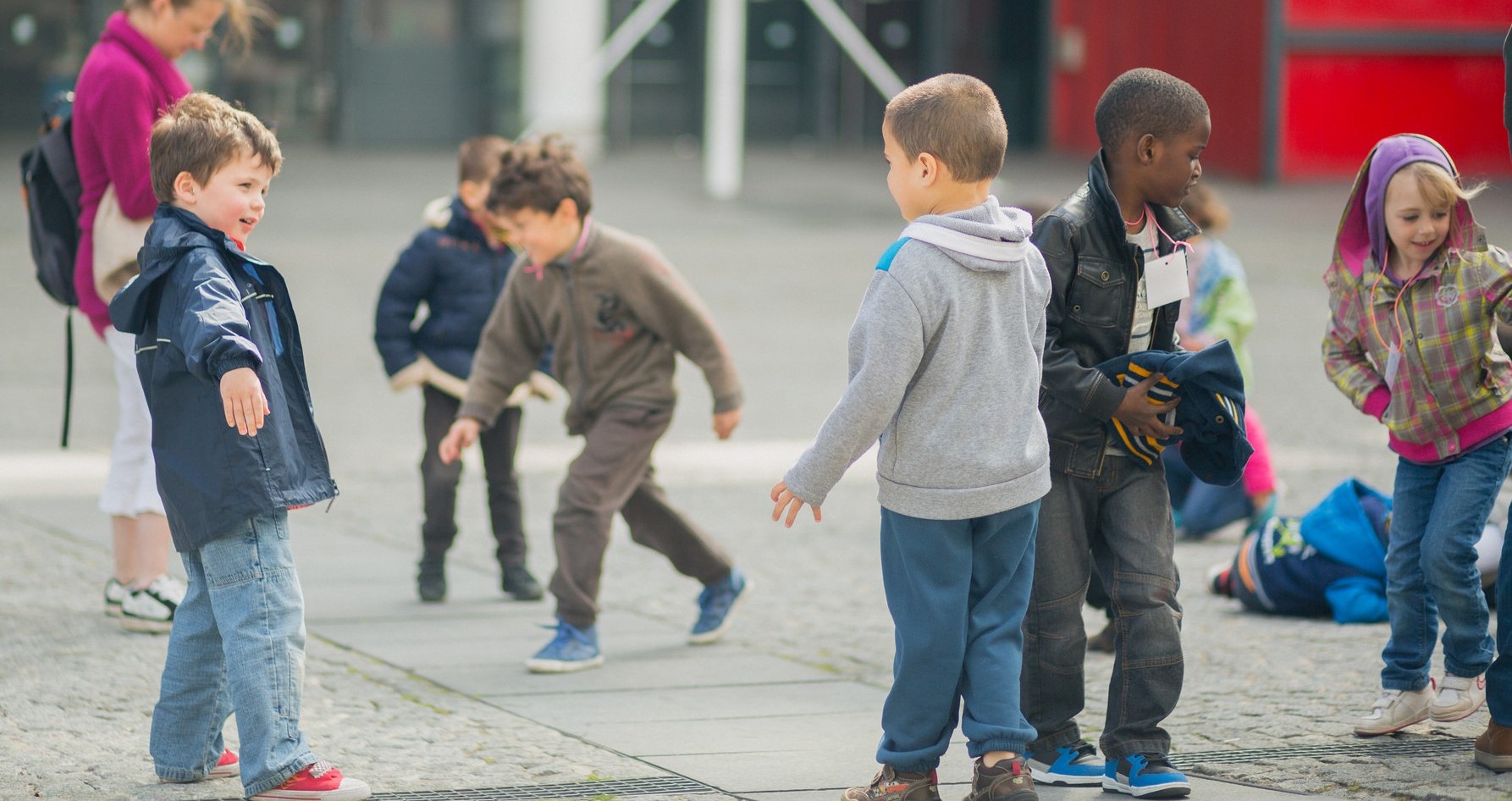
21 May The Remembered Art of Play in Youth Athletes
Fun fact: I used to impersonate WWE wrestlers when I was a child.
I can re-paint the picture in my head now: getting pinned to the ground by my brother, squirming my way to freedom, grappling my way out with my limbs, flipping him over with all my might, then holding him down with all of my newfound strength, and then teasing, “HAHAHAHA! I WIN!”
I had taken on the role of Stone Cold Steve Austin, my favorite wrestler at the time, and my brother was the Undertaker.
We were cool kids, I promise.
Oh! And do you remember those legends?
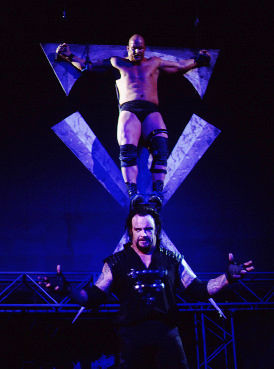
Beyond our WrestleMania marathons in the basement of our home, we participated in other risky activities:
We played tackle football with the neighbors.
We climbed 50 foot trees.
We skateboarded in the skate park with strangers wearing Volcom t-shirts.
We stayed out after dark.
We remained unsupervised by our parents.
We fell off monkey bars and scraped our knees.
We rough housed and got bruised in the living room.
We played dodgeball and hit each other with no mercy.
We ripped each others’ shirts.
We played in the mud.
We rolled in the dirt.
Many might label my childhood as ‘dangerous.’
And they’re right.
The nature of play is risky. It’s unexpected. It’s varied. It’s spontaneous. It’s flow. It’s scary.
But it’s also freedom, voluntary, curiosity, surprising, and rewarding.
Humans need play to thrive, learn how to make judgements, and adapt to their environments.
And right now, I couldn’t be more excited for young athletes to discover their inner freedom of expression without following established rules, worrying about pleasing coaches and organizations, and guilting themselves into being perfect.
I’m hopeful that during this period of quarantine and the cancellation of year-round, organized sports young athletes will remember how to play, and tap into the awareness of self, and the power of creative expression.
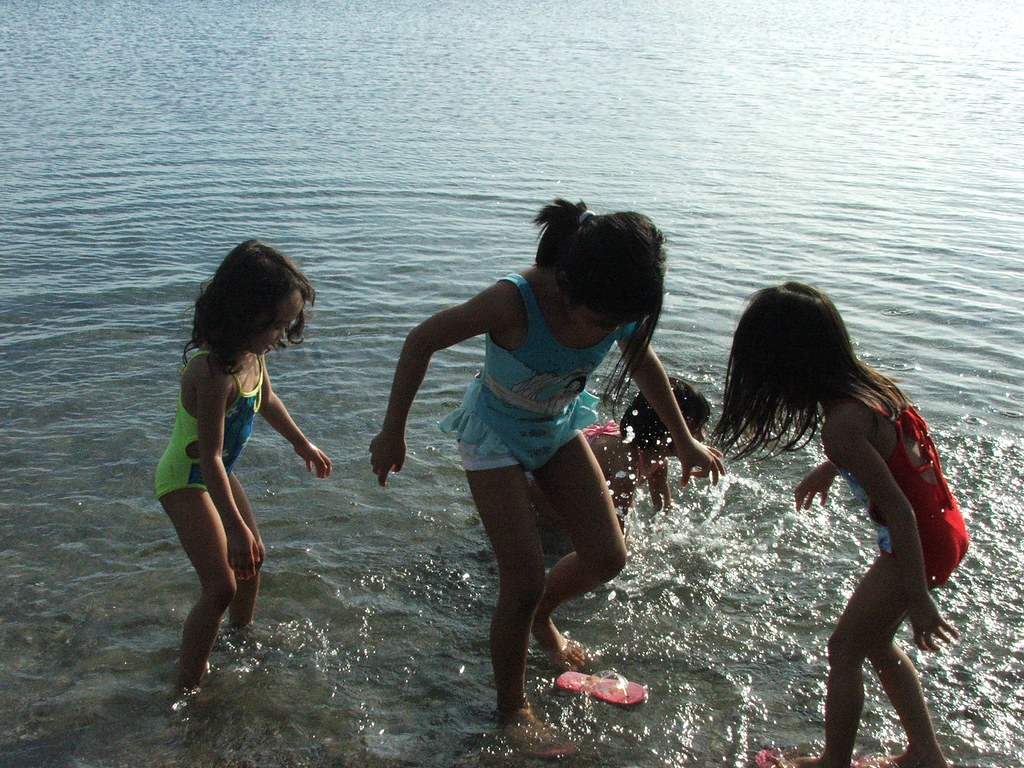
After all, the hallmark of youth sports is creativity. It’s the ability to reply to an external stimulus in a split second, to make rapid decisions under duress, and to create magic out of thin air.
The most dazzling examples of play in youth sports:
– Going into a tackle with no fear of getting hurt
– Sprinting onto a counterattack with no fear of losing the race
– Bodying off a defender with no fear of getting knocked down
– Creating a move to beat a defender with no fear of making a mistake
– Practicing on your own in public with no fear of getting judged
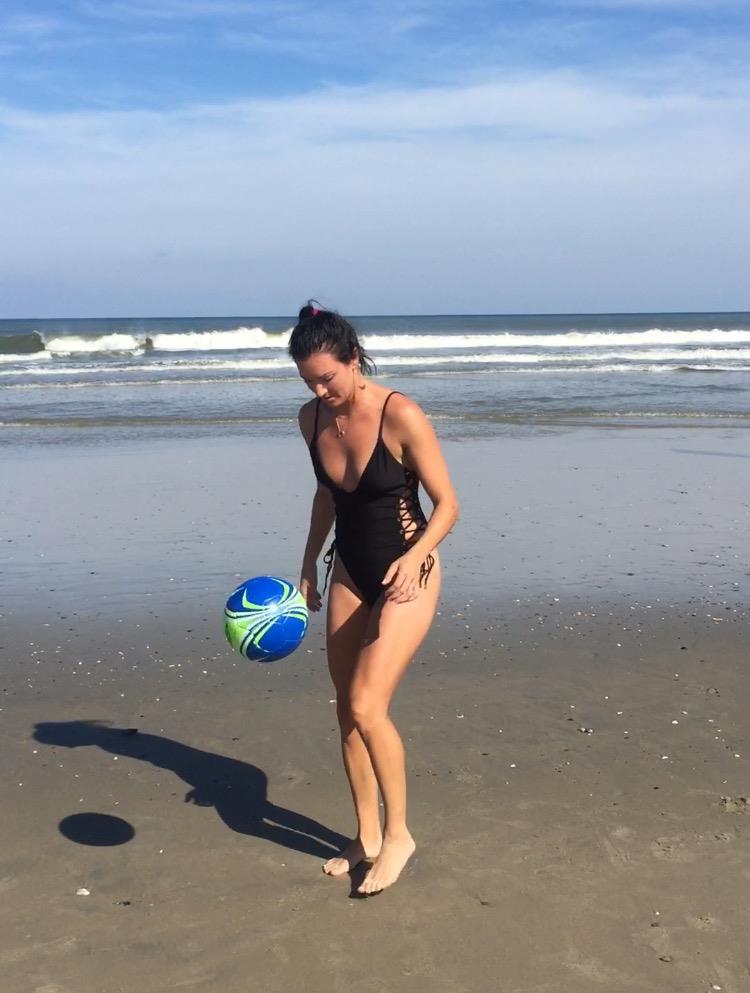
The topic of play is a fascinating one. It brings kids back to the most basic form of sport, without the externals of championships, winning, losing, getting recruited, and becoming a commodity. It teaches them to create something beautiful, silly, and magical, such as being able to move off the ball in space, react to the dance of their teammates and opponents, and to shine with skills that sparkle the pitch and make the audience “ooh” and “ahh.”
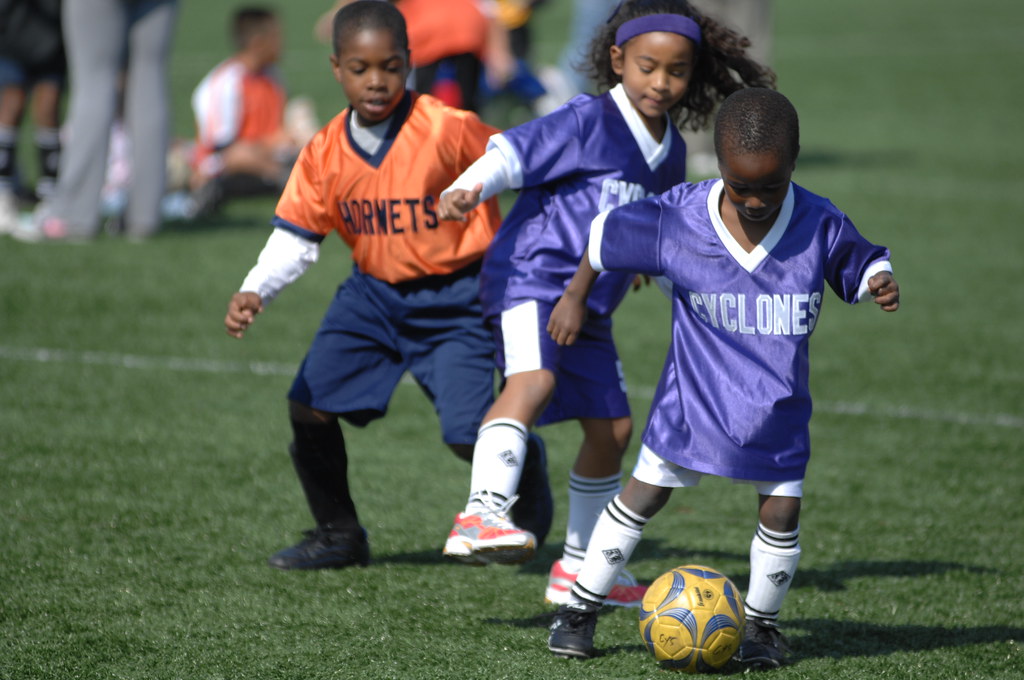
The effect play has on a child’s brain is immense.
It stimulates connections that promote nerve growth, better emotional processing in the amygdala, improved serotonin levels, and spontaneous decision-making in the pre-frontal cortex.
According to senior play researcher Jaak Panksepp, concentrated play urges may promote the epigenetic construction of higher social brain functions, including empathy, and may be useful in treating depression (Panksepp 2010).
In Play and Creativity In Psychotherapy authors suggest “without abundant play and seeking the mental health and positive creativity of our children will be compromised. Rather than enriching their early years in dynamic social environments where natural play is both permitted and promoted, increasing numbers of children have been medicated with psychostimulants that promote young and restless minds to sit still more.”
This is powerful, to say the least.
Let me go off the beaten path and say this: if I were an evil ruler and I wanted to control the minds and neural growth of children, I would not encourage free play. Rather, I would commentate their every action, every move, and every decision.
Alas, I don’t want to do that.
During these times, there's a beautiful opportunity to remember the art of play, freedom of creative expression, and individuality. Share on XWe can see now as a time for youth athletes to discover their inner child again.
No stringent coaching. No rules. No expectations. No guidelines. No structure. No organized practices four times a week. No tactics. Just them, their ball, their front yard, their siblings and parents as defenders, and their mind-body connection in the flow state.
Positive psychologist Mihály Csíkszentmihályi describes in his book Flow the ultimate state for a human to achieve is complete immersion in the activity they’re doing when ego and time disappear.
Being in flow brings on strong feelings of serenity, personal control, and intrinsic fulfillment. It can be birthed by playing jazz, sports, making art, storytelling, dancing, and playing for the sake of play.

Flow achieved through play is the wish I have for all youth athletes for the length of their sports careers as well as rest of their lives.
Of course, it’s worth mentioning it’s good to have coaches to teach kids their sports, guide them through skills, and encourage them to master their crafts with repetition.
But after a while, a balance needs to take place, where young athletes regain autonomy, learn by doing, problem solve, apply what they’ve been taught, take risks, and discover new solutions.
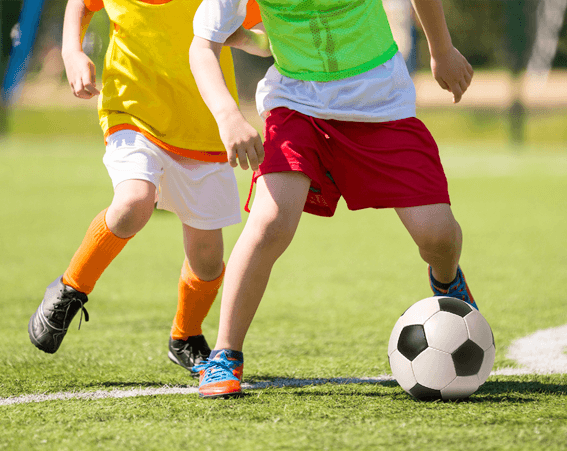
Sports are uncertain. Sports require thinking with the bat of an eyelash. Sports require embracing risk without fear. Sports require individual free thinking. Sports require taking initiative.
I encourage young athletes to flex their muscles on their own, to find out what they’re made of, and to take back their power.
As an example, as a leader to many youth athletes during lockdown, I can guide, but I cannot control. I can inspire, but I cannot dictate. I can ask questions, but I cannot give the answers.
I ask them things like:
– “What type of player do you want to be when you return to the field?”
– “What activities bring you joy and make you feel alive?”
– “What do you feel is best for your physical and mental health now?”
Providing unwanted advice is not what kids need, whether in quarantine or not. Asking better questions, encouraging them to ponder, and find the answers within themselves is much more empowering for their brains.
And the results? They have been nothing short of amazing.
I see female athletes taking initiative. I see them finding their strengths. I see them finding their own meaning to fitness. I find them loving movement.
Can we continue to allow young athletes to play when organized sports return? Can we encourage them to find the answers themselves? Can we allow them to blossom into creative beings? Can we allow them to express themselves uniquely?
We have the power as coaches to allow kids step back into their power. Lead the way and teach them to embrace the art of play. Share on XRemember the art of play.
Even when sports end, how will kids continue to lean into their autonomy, express themselves as creative beings, share their talents and gems, and assert their individuality?
DID YOU ENJOY THIS ARTICLE?
If this article moved you, impacted you, or inspired you, kindly leave a creative tip HERE.
REFERENCES
Marks-Tarlow, T., Siegel, D. J., & Solomon, M. (2017). Play and Creativity in Psychotherapy (Norton Series on Interpersonal Neurobiology). W.W. Norton & Company.
Panksepp J. (2010). Affective neuroscience of the emotional BrainMind: evolutionary perspectives and implications for understanding depression. Dialogues in clinical neuroscience, 12(4), 533–545.
BOOKS
Flow by Mihaly Csikszentmihalyi
Smart Moves by Carla Hannaford


Mike Baltren
Posted at 17:53h, 22 MayGreat article. Made me think about and remember a few things about my childhood.
erica
Posted at 17:55h, 22 MayI’m sure it did! :))